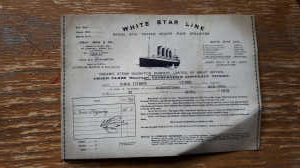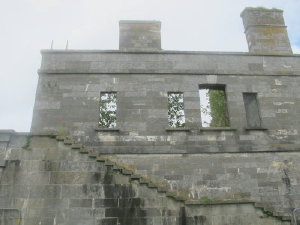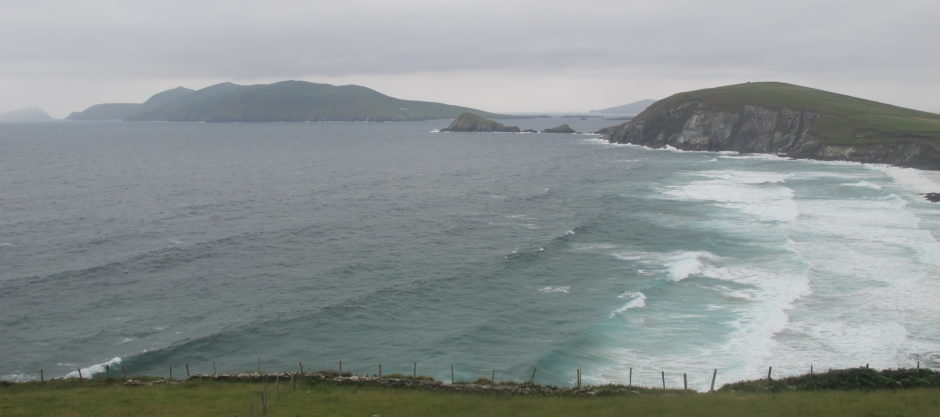On day three of our tour, questions were answered when I learned that Cobh is really pronounced “cove” (it’s spelled in the Irish) and renamed from the original Queenston, the name of the town when it was fatefully the Titanic’s last stop before the fateful voyage. At a museum called the Titanic Experience https://www.titanicexperiencecobh.ie/, we each got a card representing a passenger who boarded in Ireland.
I was Nora Hegarty, an 18-year-old travelling with her cousin, who had planned to become a nun when she arrived in New York. At the end of the tour we were able to look up our fate: Nora did not survive. Again, most of the Titanic memorial tourism I’ve seen has been based in Canada for example in Halifax https://maritimemuseum.novascotia.ca/what-see-do/titanic-unsinkable-ship-and-halifax so it’s interesting to see the slightly different perspective of the emigrant traveler.

We looked around the town of Cobh including walking up a very steep hill to St. Colman’s Church which had some great views of the city. On the way down, we stopped for scones at a little tea room run by artist Deborah M. Stevenson https://www.facebook.com/DeborahMStevenson/ who makes good scones with lots of raisins in addition to interesting portraits.
Next we went to a relatively new tourist attraction, the 104-acre Spike island https://spikeislandcork.ie/ which was apparently opened to tourists only in 2014. The Island is only accessible by ferry, and home to a 24-acre complex that was originally created as a military base called Fort Mitchel. Created in 1804 in reaction to the threat of invasion by Napoleon (earlier forts had also existed on the site), the Fort housed up to 3,000 soldiers. In the famine years of the 1840s, it started being used as a prison. The last prisoners left in the late 1800s and then the complex was used by the British and Irish army and navy over the 20th century.

Then Spike Island became a prison again for young offenders in 1985, many of whom were there for stealing cars in another period of heavy unemployment in those decades (the prison was finally closed in 2004). At the prison, you can see a punishment block including cells where prisoners were chained to the walls, the modern prison rooms that held the young offenders in 1985, and a collection of cannons and military machines both old and modern. The prison was an interesting place to learn about many of the different periods of unrest in Ireland as well as times of poverty. It was also interesting to see the emergence of such a new tourist attraction with a lot of growth potential.
